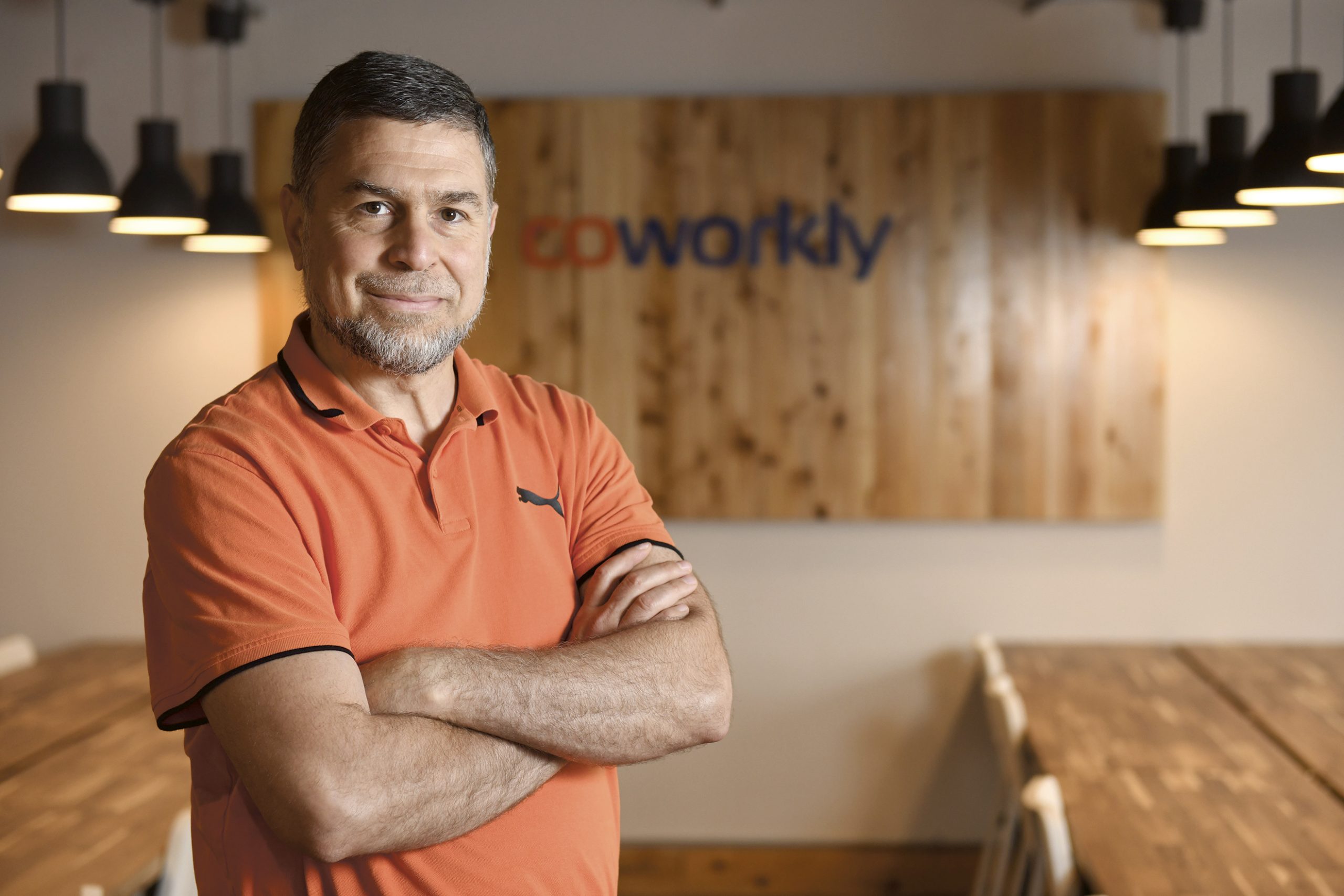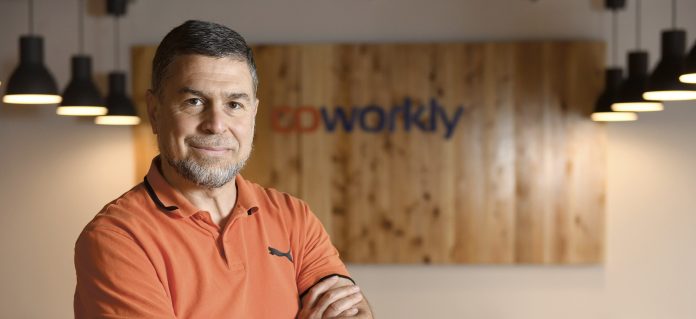
By David Sali –
When Westboro resident Maher Arar was searching for the perfect place to open a new co-working space in Ottawa, he didn’t have to look far.
Arar, who opened his first facility to house temporary office workers in early 2018 in Vanier, found the ideal space right in his own backyard on the second floor of a commercial building at 371A Richmond Rd., next to trendy children’s clothing retailer West End Kids and across the street from Mountain Equipment Co-Op.
The 2,500-square-foot venue, known as Coworkly, officially opens on Sept. 3. It features space for about 15 workers in a common area as well as a couple of private offices with half a dozen dedicated desks. Tenants can rent space by the day or the month, park their laptops at an empty desk and come and go as they please.
“Our strategy is to go closer to where people live,” says Arar, who lives just a five-minute walk from the newest Coworkly location. “We’re going to help people hopefully save on commute time.”
The veteran entrepreneur says he hopes the space becomes a breeding ground for cool new business ideas that one day turn into the capital’s next great wave of companies.
“I want the incubation and the business advice and the help to happen organically and naturally here,” he explains. “Here, we want to make sure that everyone knows everyone else’s first name at least, if not their life story.”
The site isn’t meant for “people in suits,” Arar elaborates, but rather for the roll-up-your-sleeve type of founders who want to build companies from the ground up. He has plenty of them at his Vanier location, he notes, and is hoping to create the same kind of vibe in Westboro.
“Those are people in the trenches,” he says. “They’re not people who are going to teach you theory. This is the kind of dynamics I want to recreate here. The space is part of the story. The community is the bigger story.”

Although the co-working movement is gaining momentum in Ottawa ?– real estate services firm CBRE estimates more than 300,000 square feet of facilities aimed at temporary workers are either already operating or soon to be launched in the National Capital Region ?– no such spaces existed in Westboro until now.
Westboro Village BIA executive director Michelle Groulx says the neighbourhood was long overdue for a venture like Arar’s.
“For the professional or the freelancer or very small business, there is nothing available in Westboro Village,” she says. “You know that people want to come because you see all these coffee shops that are full of people with laptops. When you see all of those people now have a space to go to, obviously they come to Westboro Village because it’s a great vibe, but also to get out of their homes and interact with other people.”
Like most of its competitors in the increasingly crowded co-working space, Coworkly offers a range of services such as WiFi, kitchen space and private phone booths targeted at the growing number of freelancers, consultants, contractors and other “on-demand” workers who don’t have regular offices.
Monthly plans at his Vanier location start at $100 a month for part-time members, rising to $200 for full-time members with unlimited daytime visiting privileges. Private office space starts at $1,000 a month for four-member team, while individuals can also purchase day passes for $20.
Conceding that co-working is a “tough business,” Arar says smaller operations such as his have to find ways of differentiating themselves from multinational giants that include Switzerland-based International Workplace Group, which is set to open 75,000 square feet of new co-working space downtown at 66 Slater St. this fall under its Spaces banner.
But he believes Coworkly has the right formula to go head-to-head against the big boys and win. He’s already planning to take over another 2,500 square feet of adjacent space next spring and eventually hopes to occupy the entire second floor at 371A Richmond, which covers about 7,500 square feet.
“We are trying to be different,” he says. “The space, I would say, is just 20 per cent of the entire story. The other 80 per cent is community, how you operate, how you market, how you brand yourself. We’re trying to build a homogeneous community.”
